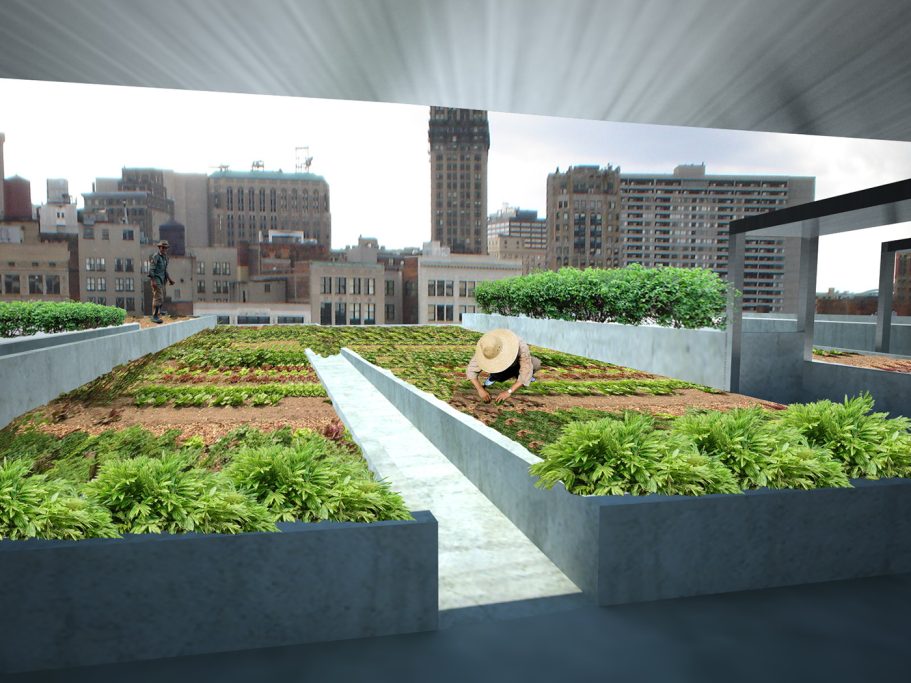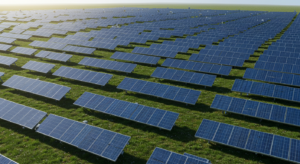Introduction
Urban agriculture is being embraced as a solution to food security and sustainability in cities around the world. The practice includes a variety of forms such as community gardens, urban farms, and greenhouse systems. However, the path to sustainable urban agriculture is riddled with challenges. This article explores the complexities and the potential solutions to promote sustainability in urban agriculture.

Challenges in Urban Agriculture
1. Space Constraints and Urban Land Issues
One of the main challenges in urban agriculture is the limited availability of land. Urban areas are densely populated, and finding suitable space for farming operations can be difficult. The competition for urban land with housing and commercial sectors adds to the challenge.

2. Soil Quality and Environmental Concerns
Urban soils often suffer from contamination and lack of nutrients. This affects food production and presents risks to public health. Moreover, the urban heat island effect can influence the microclimate, affecting crop growth.
3. Social Issues and Community Acceptance
Understanding and conceptualizing how urban green and blue infrastructure integrates with community values is vital. Social inclusion, community-supported agriculture, and addressing concerns of urban neighborhoods are necessary for successful urban agriculture operations.
4. Economic Viability
Commercial urban farms must be financially sustainable. Balancing the costs of urban agroecology with potential benefits and the price consumers are willing to pay for local food can be a significant obstacle.
5. Regulatory Hurdles and Urban Agenda Alignment
Different types of urban agriculture may face various legal challenges. Aligning with the new urban agenda and local regulations requires careful planning and collaboration with urban planners and authorities.
6. Challenges in UA Specific to Developing Countries
In African cities and other developing regions, challenges such as lack of resources, technical knowledge, and support for urban farmers become more pronounced. Despite these challenges, urban agriculture in Beijing and peri-urban agriculture in Goiania provide many examples of successful implementation.
Solutions and the Future of Urban Agriculture
Promoting Urban Agriculture Through Collaboration
Engaging with local authorities, promoting urban agriculture through public awareness, and supporting urban growers can foster a favorable environment for urban farming.
Harnessing Technology and Research
Urban agriculture research, systematic review of best practices, and the application of modern farming techniques can overcome many of the challenges in UA.
Integrating Urban Agriculture into Sustainability Models
Farming in the city must be a part of the broader sustainability in urban frameworks. Collaboration with urban ecosystem services, food, and agriculture organizations can ensure that urban agricultural practices align with sustainable cities’ goals.
Focusing on Social Benefits and Inclusion
Urban agriculture offers more than food production in urban settings. It provides environmental benefits, social inclusion, and contributes to urban green and urban sustainability. Ensuring that urban farms are accessible and beneficial to all urban populations will be key to success.
Conclusion
Urban agriculture holds great promise for addressing food and nutrition insecurity, promoting sustainability in cities, and enhancing local food systems. The challenges of urban agriculture are diverse, encompassing spatial planning, environmental considerations, social dynamics, economic factors, and regulatory complexities.
Yet, the benefits of urban agriculture, including improved food and nutrition security, environmental stewardship, social inclusion, and potential alignment with the global food system, make it a crucial part of the urban future.
Embracing the role of urban agriculture requires comprehensive strategies, interdisciplinary collaboration, and a recognition of the unique benefits and challenges it presents. By addressing these complexities, cities can move closer to the dream of sustainable, healthy, and inclusive urban living.




